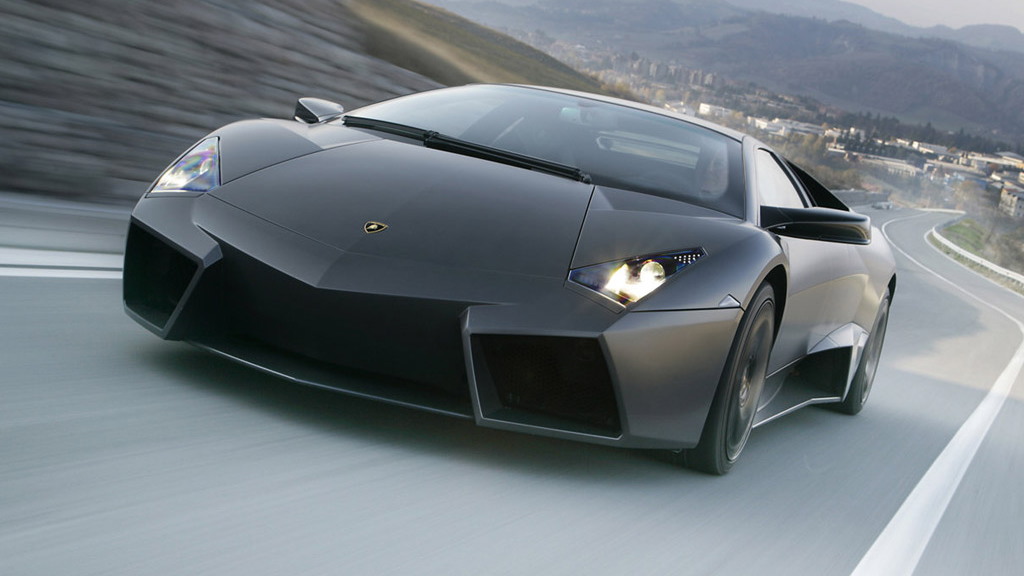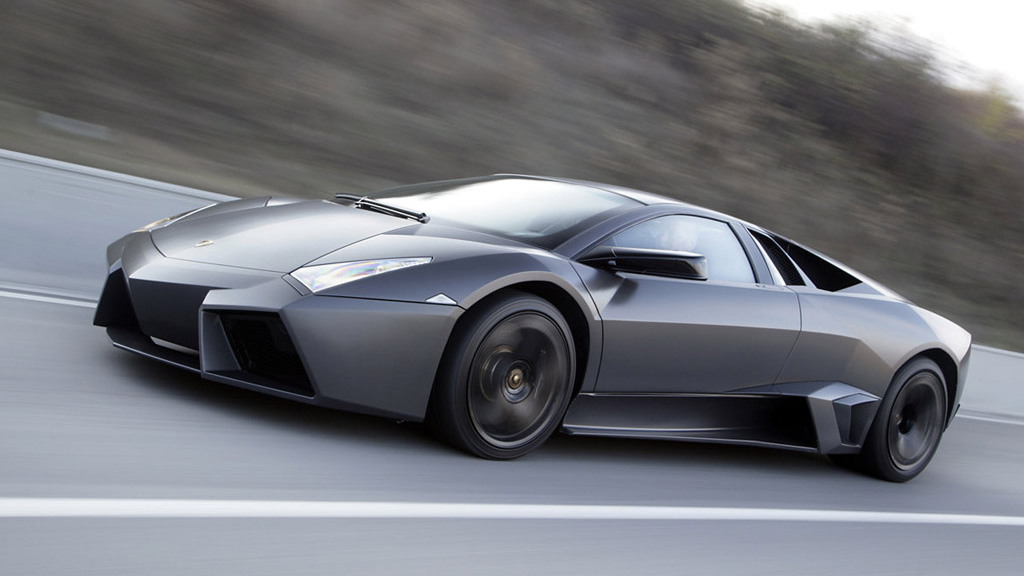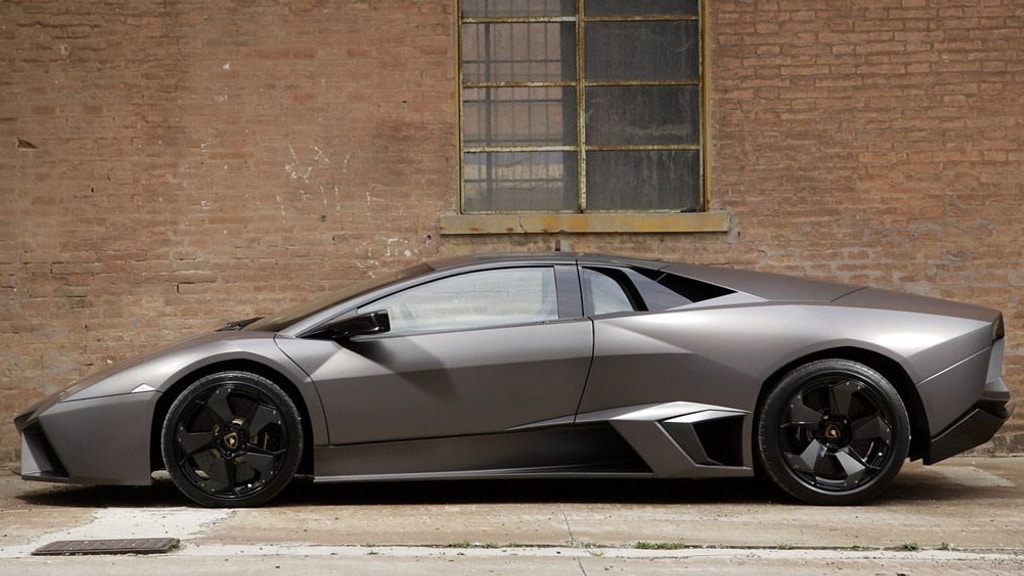Carbon-fiber is seen by many in the auto industry as one of the most effective ways of reducing vehicle weight and improving fuel economy and emissions levels, but the relative expense of the material means that it’s still reserved for only a handful of high-end production cars. BMW has effectively used carbon-fiber roofs for its M cars to help lower their center of gravity, and Nissan and General Motors have used the composite material to help save weight for the GT-R and ZR1 supercars.
For most automakers, mainstream carbon-fiber use is still several years away but a number of firms are spending up to help turn this trend around. Lamborghini is one such automaker, having already established the Advanced Composite Structures Laboratory (ACSL) at the University of Washington, Seattle.
Now the supercar company is in Paris attending at the world’s pre-eminent trade show in this field of technology. Lamborghini is the honored guest of the JEC Composite Show, where Lamborghini’s R&D chief Maurizio Reggiani will be on hand at the automaker’s stand. Also on show will be 2007’s Reventon supercar, one of Lamborghini’s most carbon-fiber laden models.
Forums taking place around the exhibition will host discussions on the latest processes and findings within this increasingly important field of technology.
Lamborghini first gained experience in the application of carbon-fiber back in the 1980s with the Countach. Nowadays, the flagship model Murcielago makes extensive use of the lightweight stuff in its bodyshell structure. The entire bodyshell structure of the Murcielago weighs only 668 pounds. A further example is the new Gallardo LP 570-4 Superleggera. Primarily through the increased application of carbon-fiber, its weight compared with the base model has been reduced by around 154 pounds. The outcome is improved performance with reduced fuel consumption.
[Lamborghini]






